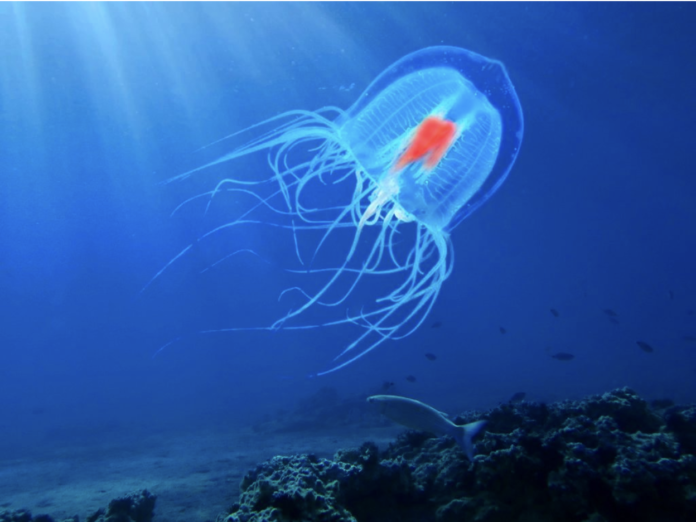By Will Stark, Colleen Meosky, Jonah Ruddock, Avery Field, Emma Wu, Shaurya Chutke, and Ahmad Shaur
Halloween celebrates scary things, and not much is scarier than monsters. Zombies, werewolves, and vampires. But what we sometimes don’t realize is that there are scarier monsters in our own world. Enter, the immortal jellyfish.
The average lifespan for most jellyfish is two to three years; however, It seems that some jellyfish have cracked the code to fight aging and even death. When the medusa of this species is physically damaged or experiences stresses such as starvation, instead of dying, it shrinks in on itself, reabsorbing its tentacles and losing the ability to swim. It then settles on the seafloor as a blob-like cyst. These animals have been thriving in the sea since about 66 million years ago, and this means that there could be jellyfish alive from that long ago.
It does this as a defense mechanism to avoid predators; as a polyp, it can better disguise itself. Because it can return to infancy at will, these jellyfish never biologically die, giving them the nickname of the “immortal jellyfish.” Like a vampire, these jellyfish can be killed, but will never die of natural causes. When their genome was sequenced by scientists at the University of Oviedo, it was found that they had mutations that prevented the caps of chromosomes from deteriorating and twice as many of the genes associated with DNA repair. Hence, allowing them to avoid biological death. This jellyfish is the Turritopsis dohrnii.

